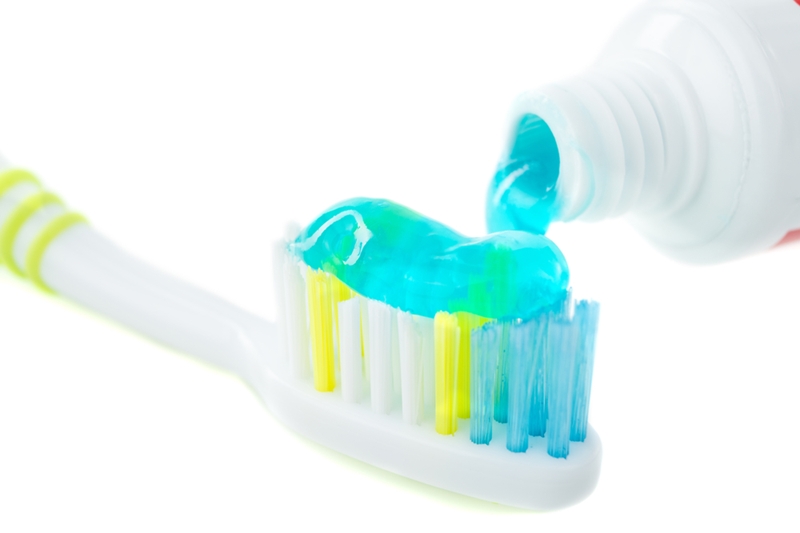
The U.S. Department of Health and Human Services (HHS) officially introduced new recommendations regarding how much fluoride should be in the public water supply.1 The update marks the first time fluoridation guidelines have changed since 1962. The new recommendation replaces the former appropriate range of fluoride - 0.7 to 1.2 milligrams per liter - with an exact amount on the lower end of that scale (0.7 milligrams per liter). According to the American Dental Association, Grand Rapids, Michigan, became the first city in the U.S. to adjust levels of fluoride in the public water supply back in 1945.2 Since then, many communities have fluoridated their water in order to deter dental caries and other oral health problems.
"40% of adolescents ages 12 to 15 have some level of fluorosis."
Why the change?
As fluoride has become more popular in items such as toothpaste and mouthwash, child and adolescent populations have begun experiencing significant instances of fluorosis, a condition which causes dots or streaks to appear on teeth due to too much fluoride. In fact, research by the U.S. Centers for Disease Control and Prevention suggests that approximately 40 percent of adolescents between ages 12 and 15 have some spottiness or streaks from fluorisis.3
Historically, water fluoridation was a main defender against dental caries, and still is to this day. However, as dental hygiene practices have become more standardized, children and adults have been receiving fluoride from other sources. Yet, this does not suggest that fluoridated water has become any less important. The HHS notes that about 75 percent of the U.S. population drinks fluoridated water, and the CDC calls fluoridation one of 10 great public health achievements of the 20th century.4
"While additional sources of fluoride are more widely used than they were in 1962, the need for community water fluoridation still continues," U.S. Deputy Surgeon General Rear Admiral, Dr. Boris D. Lushniak, said in a statement. "Community water fluoridation continues to reduce tooth decay in children and adults beyond that provided by using only toothpaste and other fluoride-containing products."1
The old guidelines recommended 0.7 milligrams of fluoride per liter in warm climates, then increased the amount for cooler areas with a maximum of 1.2 milligrams. The new recommendation removes this range entirely, making the guideline 0.7 milligrams per liter across the board. Though debate continues over the exact benefits of fluoridation, researchers view the mineral as the most effective method of public oral care.
 Be careful not to use too much toothpaste for children - a pea-sized amount will do.
Be careful not to use too much toothpaste for children - a pea-sized amount will do."Community water fluoridation is effective, inexpensive and does not depend on access or availability of professional services. It has been the basis for the primary prevention of tooth decay for nearly 70 years," said Dr. Lushniak.1
Notably, fluorosis is only a cosmetic condition and takes place during childhood as permanent teeth form. The vast majority of cases are mild and may be barely noticeable. While instances of fluorosis were prevalent enough for the HHS to change its recommendations, fluorosis can be prevented by keeping products with fluoride, such as fluoridated toothpaste and mouthwash, away from young children.
1 "HHS issues final recommendation for community water fluoridation," Department of Health and Human Services, April 27, 2015. http://www.hhs.gov/news/press/2015pres/04/20150427a.html
2 "Fluoride and Fluoridation," American Dental Association. http://www.ada.org/en/public-programs/advocating-for-the-public/fluoride-and-fluoridation
3 "Prevalence and Severity of Dental Fluorosis in the United States, 1999-2004," U.S. Centers for Disease Control and Prevention, Nov. 8, 2010. http://www.cdc.gov/nchs/data/databriefs/db53.htm
4 "Ten Great Public Health Achievements -- United States, 1900-1999," U.S. Centers for Disease Control and Prevention. http://www.cdc.gov/mmwr/preview/mmwrhtml/mm4850bx.htm
